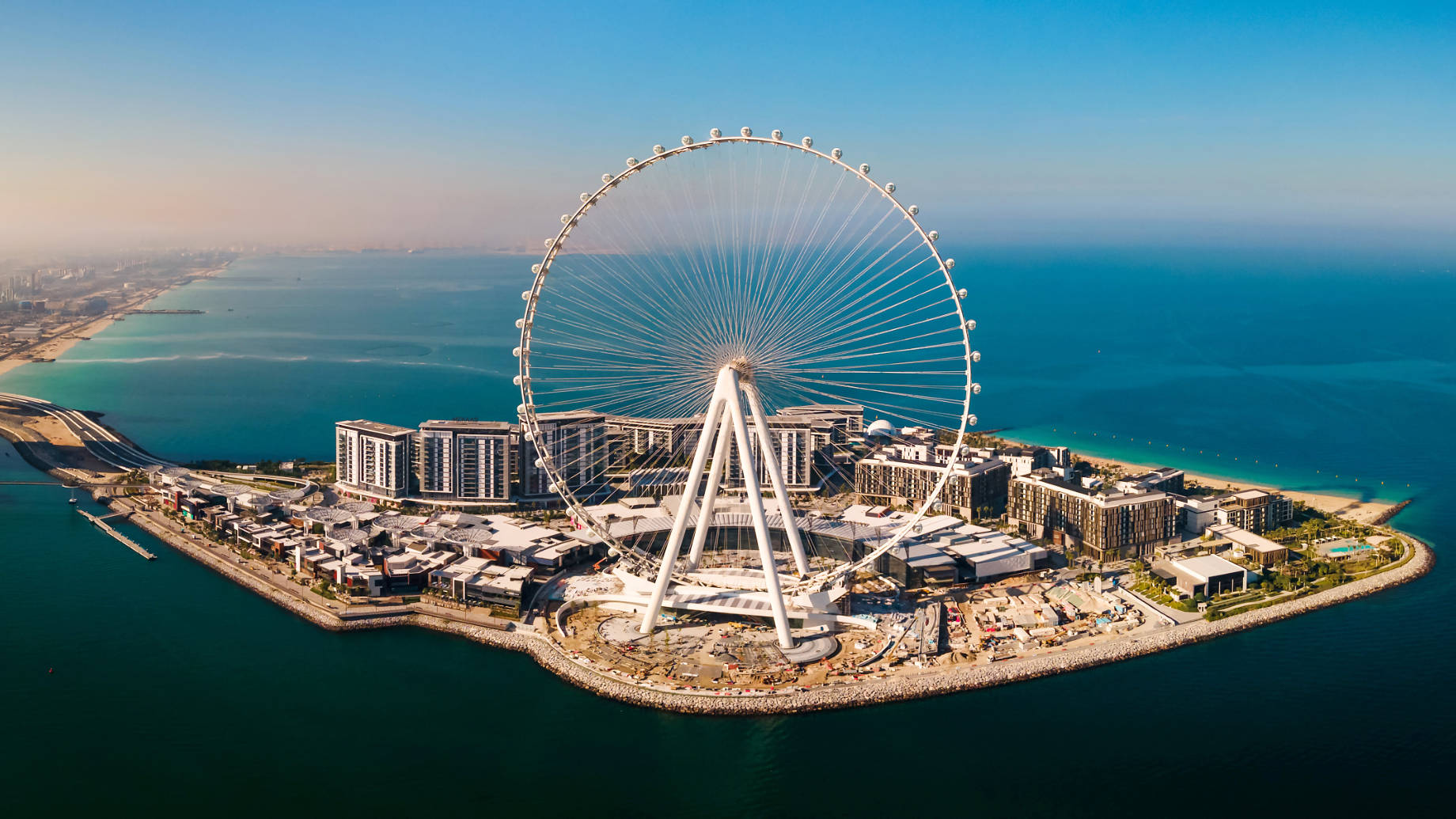
Dubai’s luxury property scene is evolving rapidly, with high-profile launches shaping the city’s future districts. While landmark projects grab the spotlight, experienced buyers focus on the numbers that matter. Savvy investors compare pre-launch prices to nearby ready units to measure built-in equity. Platforms listing off-plan apartments for sale in Dubai make it possible to see, at a glance, which developments are offering a meaningful gap worth capitalising on.
In 2025, early launches such as The Cove II at Dubai Creek Harbour and Bayview by Address Resorts at Emaar Beachfront have illustrated how strategic timing can secure prime locations at below-market entry points. Tracking these opportunities allows investors to compare launch pricing, developer reputation, and payment structures before the wider market catches on.
1. Research the Developer’s Track Record
Developer reliability remains the strongest predictor of project success. In a market where off-plan sales account for the majority of new transactions, established names such as Emaar Properties, Meraas, and Sobha Realty have maintained a consistent record of delivering on time with quality that supports resale value.
Recent examples:
- Emaar Beachfront – Bayview by Address Resorts: Sold out most inventory within weeks due to strong brand trust and beachfront location.
- Sobha Hartland II – 320 Riverside Crescent: Early buyers benefited from launch prices 12–15% lower than similar ready units nearby.
Investors should verify previous handover timelines, quality of finishes, and post-handover maintenance reputation.
2. Compare Launch Pricing to Market Averages
One of the most practical ways to identify potential is by comparing a project’s launch price to completed properties in the same area.
In Dubai Creek Harbour, for example, The Cove II launched at around AED 2,200 (approximately USD 600) per sq. ft., while ready waterfront apartments in the area are averaging AED 2,600–2,800 (USD 710–760) per sq. ft. This price gap represents built-in equity potential.
Tracking these early releases allows investors to measure:
- Price per sq. ft. vs surrounding ready stock
- Payment plan flexibility (e.g., 80/20 post-handover structures)
- Incentives such as waived service charges or DLD fee reductions
3. Focus on Locations with Upcoming Infrastructure
Dubai’s new transport links, entertainment zones, and waterfront expansions have historically driven appreciation. Districts to watch in 2025 include:
- Dubai South – Near Al Maktoum International Airport expansion and the upcoming metro link.
- Madinat Jumeirah Living (MJL) – Proximity to Burj Al Arab and integrated retail/park access.
- Palm Jebel Ali – Reintroduced masterplan with luxury villa communities and branded residences, rare in terms of available beachfront plots.
Investing ahead of major infrastructure announcements has consistently rewarded early movers.
4. Assess Lifestyle Integration
High-net-worth buyers increasingly look for developments that deliver a complete lifestyle package. Projects like Meraas’ Central Park at City Walk combine premium residences with abundant green spaces, boutique retail, and wellness facilities — features that strengthen rental appeal and long-term demand.
Indicators of strong lifestyle integration include:
- Branded residences with hospitality-level service
- Walkable masterplans with dining, retail, and leisure
- Distinctive amenities (e.g., private marinas, rooftop pools, cultural venues)
5. Monitor Global Demand Drivers
Visa reforms, tax stability, and geopolitical positioning continue to attract global capital to Dubai. Projects that align with these demand drivers — for instance, offering layouts suited to long-term residency, or located in freehold zones attractive to foreign buyers — tend to outperform the broader market.
International investors in 2024 and early 2025 have shown increasing interest in:
- Waterfront residences under AED 3M (approximately USD 820,000) with flexible payment schedules
- Properties in emerging luxury hubs like Dubai Islands and Rashid Yachts & Marina
- Limited-supply branded developments in iconic locations
Final Thoughts
Identifying Dubai’s most promising new developments means balancing data analysis with a deep understanding of market cycles. By studying developer track records, comparing launch pricing to ready units, and tracking infrastructure-led growth, investors can position themselves ahead of the curve.
In today’s competitive landscape, informed buyers are turning to well-researched sources and curated listings to pinpoint opportunities before they reach peak market pricing. The city’s next generation of projects is already taking shape — and those who act early stand to gain the most from its future growth.
FAQ: Identifying Promising New Developments in Dubai
Q: How do I know if a new development is a good investment?
A: Review the developer’s track record, assess the project’s location and planned infrastructure, and compare pricing, amenities, and payment terms with similar properties in the area.
Q: Are off-plan properties in Dubai available to international buyers?
A: Yes. Foreign nationals can purchase freehold properties, including off-plan units, in designated areas of Dubai.
Q: What factors make certain locations stand out for new developments?
A: Areas with upcoming transport links, waterfront access, master-planned communities, and high-quality amenities often show strong long-term appeal.
Q: Why do many investors choose off-plan properties?
A: Off-plan purchases allow buyers to secure homes in sought-after developments before completion, often with flexible payment schedules and access to the latest designs and amenities.